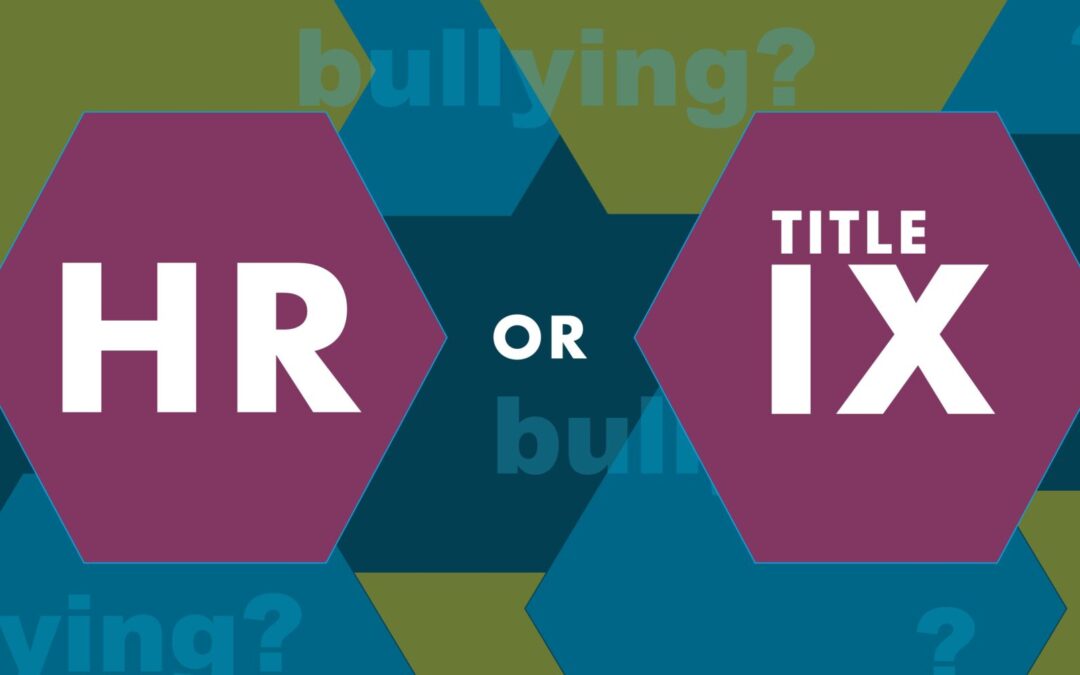OCR Reaches Resolution of Title IX Sexual Harassment Investigation of Owasso Public Schools in Oklahoma
In mid-November, OCR entered into a resolution agreement with Owasso Public Schools in Oklahoma after investigating a Title IX complaint. The complaint alleged that on multiple occasions the District failed to respond to 2023-24 school year.
OCR investigated whether the district violated Title IX, Section 504, or Title II of the ADA in its responses to alleged harassment. Ultimately, OCR found that the district violated Title IX but found insufficient evidence to support a violation of Section 504 or Title II.
Specifically, OCR found that the district failed to respond to notice that students were subjected to sexual harassment. The district was responsible for complying with Title IX as amended in 2020, and OCR determined that the district had actual notice of sexual harassment consistent with those regulations yet failed to respond consistent with Title IX’s requirements. OCR interviewed parents who recounted making reports and never hearing back.
OCR reviewed dozens of bullying reports and found that almost half of them included conduct that could constitute sexual harassment and should have been reported and responded to under Title IX. OCR also reviewed matters that were addressed promptly by the district under different procedures that should have used the Title IX process. For example, a sexual harassment complaint against a teacher was addressed using human resources policies rather than the Title IX procedures. The district had no records indicating that impacted students or their parents had received notice of their rights under Title IX, including the right to supportive measures or to file a formal complaint.
In reviewing policies and procedures, OCR found that the grievance process was out of compliance with the applicable Title IX regulations. OCR also identified a failure to fulfill Title IX’s recordkeeping obligations.
The resolution agreement in this matter includes providing individual remedies for impacted students, updating policies, procedures, and other documents, (including the Title IX grievance procedure), and issuing a public anti-harassment statement. This statement will inform the community about the district’s obligations under Title IX, including information about how to report, the role of the Title IX Coordinator, and supportive resources available. Other requirements include a review of past complaints, audits in forthcoming years, training for staff and students, recordkeeping protocol development, and a climate survey. As in other OCR agreements in the past few years, the district must conduct assessments to determine the effectiveness of its training.
What are the lessons learned from this resolution? As always, schools and institutions must consider whether conduct that can be classified in one way (such as bullying or general harassment/misconduct) also can be considered conduct prohibited by Title IX. It may be that an incident implicates multiple policies or codes of conduct. If Title IX conduct is implicated, then the school must use its Title IX policies and procedures to respond to that conduct. Conduct that may constitute sexual harassment must be promptly reported to the Title IX Coordinator so they can be part of the conversation about how to move forward in addressing the conduct. A school may have a robust program to respond to bullying, but those protocols cannot replace the Title IX procedures.
If your school has not experienced an OCR review, consider holding a tabletop exercise to run through how that might go; how would your current recordkeeping structure support you in providing complete and accurate accounts of the school’s response to reports? How do your current websites and materials inform your school community about the Title IX Coordinator and the school’s obligations under Title IX?
The letter to Ossawa is here, and the resolution agreement is here.

